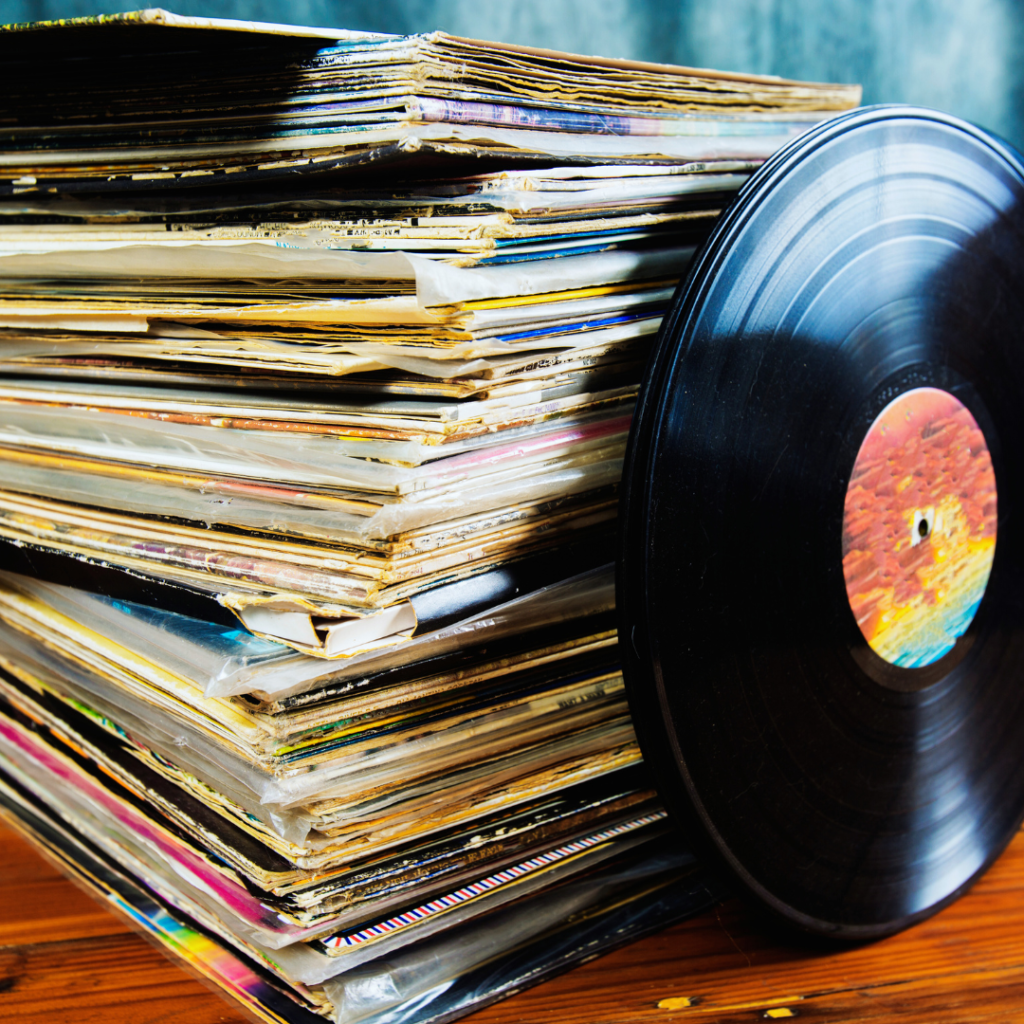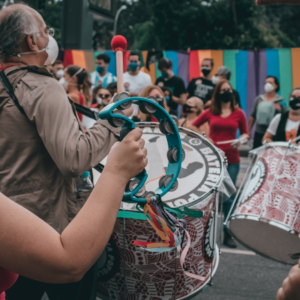Starting a vinyl collection can be an exciting journey into music history that appeals to both seasoned audiophiles and casual listeners. To begin, one must decide on a focus, whether it be specific genres, artists, or time periods, which adds a personal touch to the collection. This intention not only helps in selecting records but also makes the process of collecting more meaningful.
Once the focus is established, the next step involves understanding the basics of vinyl records and proper maintenance to preserve their quality. Knowledge about turntables, speakers, and storage will enhance the listening experience and ensure that the records are enjoyed for years to come. Collecting vinyl is not just about the music; it’s about appreciating the artistry of album covers and the tactile experience of handling records.
Lastly, connecting with other collectors and exploring local record shops can foster a sense of community and provide access to rare finds. Engaging with music history through vinyl can be a rewarding experience, turning a simple hobby into a fascinating exploration of sound and culture.
Setting Up Your Vinyl Listening Space
Creating an ideal space for vinyl listening involves careful selection of equipment and a focus on audio quality. The right setup enhances the listening experience, showcasing the nuances of each record.
Choosing the Right Equipment
A quality turntable is the centerpiece of any vinyl setup. Look for a model that offers a stable rotation speed and good build quality, such as those from Audio-Technica. A direct-drive or belt-drive turntable can both serve well, depending on personal preference.
The speakers are equally crucial. Opt for well-reviewed speakers that match the room size and sound preference. Bookshelf speakers are popular in smaller spaces, while larger floor-standing models can fill bigger rooms with sound.
An amplifier is necessary to drive the speakers. Ensure it has a phono input if the turntable lacks a preamp. Otherwise, an external preamp will be needed to boost the signal.
Optimizing Audio Quality
To enhance audio quality, pay attention to the cartridge quality. A good cartridge can significantly affect sound reproduction. Look for cartridges with high tracking ability and frequency response.
Positioning plays a key role in sound performance. Speakers should be placed at ear level and angled slightly towards the listening position. This ensures optimum soundstage and clarity.
Another consideration is the flooring. Carpeting can absorb excess sound reflections, while hardwood can make the space sound brighter. Balancing the acoustics with rugs or panels can further refine sound quality.
Lastly, it’s crucial to regularly clean the records and stylus to achieve the best sound. Dust and dirt can distort playback, diminishing the experience of vinyl listening.
Building Your Collection
Starting a vinyl collection requires a strategic approach to finding records, exploring various music genres, and curating a list of favorite albums. Each aspect helps to create a well-rounded collection that reflects personal tastes and interests.
Finding Vinyl Records
Finding vinyl records can be both exciting and rewarding. Local record stores are excellent destinations for discovering new and used vinyl. Many stores host listening stations where collectors can preview albums before purchasing.
Online platforms like Discogs provide extensive catalogs of vinyl records, enabling collectors to source hard-to-find albums. They can browse listings, compare prices, and read reviews to ensure quality.
For those interested in limited-edition releases, record stores often announce special sales and exclusives. Joining a community of collectors on social media can also uncover leads on record fairs, garage sales, and flea markets where unique finds may be available.
Exploring Music Genres
Vinyl records come in a variety of genres, offering something for every preference. Starting with a specific genre, such as rock, jazz, or classical, can help narrow the focus of a collection.
Collectors should consider attending live music events or exploring curated playlists to discover new artists and albums. This experience often leads to an appreciation for different styles of music, expanding the range of genres represented in a collection.
Pay attention to album covers as well; they can enhance the overall aesthetic of a collection. Familiarity with various genres can create a diverse library that reflects the collector’s evolving musical journey.
Curating Favorite Albums
Curating a list of favorite albums is key to building a meaningful collection. Collectors should prioritize records that resonate personally, whether due to nostalgia or emotional connection.
It may help to establish a set budget for acquiring albums. This practice encourages intentional purchasing rather than impulse buying. Creating a wishlist of desired records can guide future acquisitions.
As the collection grows, collectors should regularly reassess their favorite albums. This ongoing evaluation ensures the collection remains relevant and genuinely reflective of individual tastes. Keeping a record of albums owned can also help track progress and identify gaps in the collection.
Caring for Your Vinyl
Proper care is essential for maintaining sound quality and extending the lifespan of vinyl records. Attention to cleaning and storage will ensure that both new and used records retain their value and condition over time.
Maintenance and Cleaning
Regular cleaning of vinyl records is crucial to preserve their sound quality. Dust, fingerprints, and grime can accumulate on the surface, leading to pops and skips during playback.
Recommended Cleaning Tools:
- Carbon Fiber Brush: Effective for removing dust before and after listening.
- Record Cleaning Solutions: Alcohol-free solutions are best to avoid damage.
For deeper cleaning, consider using a record cleaning machine or a wet cleaning method. This involves applying a cleaning solution and gently wiping the surface with a microfiber cloth or soft brush. Always allow the records to dry completely before storing them.
Storage Solutions
Proper storage is vital for protecting vinyl records from warping and scratches. Current humidity and temperature levels should be kept in mind, as extremes can lead to permanent damage.
Optimal Storage Tips:
- Use Inner Sleeves: Protect records from dust and scratches with high-quality paper or plastic sleeves.
- Store Upright: Keep records standing vertically to prevent warping.
Avoid storing vinyl in areas like attics or basements, where temperature fluctuations occur. Bootleg vinyl should be treated with the same care as legitimate pressings, as they can often be more fragile.
Connecting with the Vinyl Community
Joining the vinyl community can enhance the record-collecting experience. Music enthusiasts often share their passion and knowledge, making it easier to discover hidden gems.
He or she can connect through online forums, social media groups, or local record stores. Websites like Reddit and Facebook host active groups where collectors exchange tips and recommendations.
Participating in record fairs or local meetups is another excellent way to engage. These events provide opportunities to meet fellow collectors and discover rare finds.
Benefits of Engaging with the Community:
- Networking: Building relationships with other audiophiles can lead to future trades.
- Knowledge: Learning from experienced collectors helps in making informed purchases.
- Support: Finding others who share a passion can make the journey enjoyable.
Following relevant podcasts and blogs also helps to stay updated on trends and releases. Many collectors share insights into the best pressing techniques or label histories, enriching the collecting journey.
He or she may also consider contributing to community discussions. Sharing experiences and personal finds fosters a sense of belonging.
Involvement in record trading and sales can lead to acquiring unique items that might not be available locally. This aspect of the vinyl community is important for expanding a collection.





